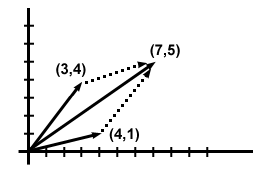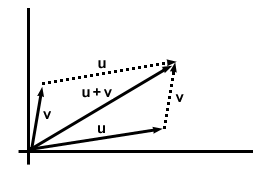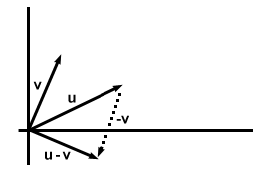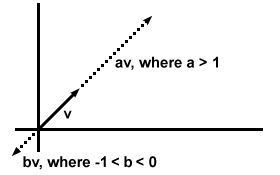Please wait while we process your payment
If you don't see it, please check your spam folder. Sometimes it can end up there.
If you don't see it, please check your spam folder. Sometimes it can end up there.
Please wait while we process your payment

By signing up you agree to our terms and privacy policy.
Don’t have an account? Subscribe now
Create Your Account
Sign up for your FREE 7-day trial
By signing up you agree to our terms and privacy policy.
Already have an account? Log in
Your Email
Choose Your Plan
Individual
Group Discount
Save over 50% with a SparkNotes PLUS Annual Plan!
 payment page
payment page
Purchasing SparkNotes PLUS for a group?
Get Annual Plans at a discount when you buy 2 or more!
Price
$24.99 $18.74 /subscription + tax
Subtotal $37.48 + tax
Save 25% on 2-49 accounts
Save 30% on 50-99 accounts
Want 100 or more? Contact us for a customized plan.
 payment page
payment page
Your Plan
Payment Details
Payment Summary
SparkNotes Plus
You'll be billed after your free trial ends.
7-Day Free Trial
Not Applicable
Renews July 9, 2025 July 2, 2025
Discounts (applied to next billing)
DUE NOW
US $0.00
SNPLUSROCKS20 | 20% Discount
This is not a valid promo code.
Discount Code (one code per order)
SparkNotes PLUS Annual Plan - Group Discount
Qty: 00
SparkNotes Plus subscription is $4.99/month or $24.99/year as selected above. The free trial period is the first 7 days of your subscription. TO CANCEL YOUR SUBSCRIPTION AND AVOID BEING CHARGED, YOU MUST CANCEL BEFORE THE END OF THE FREE TRIAL PERIOD. You may cancel your subscription on your Subscription and Billing page or contact Customer Support at custserv@bn.com. Your subscription will continue automatically once the free trial period is over. Free trial is available to new customers only.
Choose Your Plan
This site is protected by reCAPTCHA and the Google Privacy Policy and Terms of Service apply.
For the next 7 days, you'll have access to awesome PLUS stuff like AP English test prep, No Fear Shakespeare translations and audio, a note-taking tool, personalized dashboard, & much more!
You’ve successfully purchased a group discount. Your group members can use the joining link below to redeem their group membership. You'll also receive an email with the link.
Members will be prompted to log in or create an account to redeem their group membership.
Thanks for creating a SparkNotes account! Continue to start your free trial.
We're sorry, we could not create your account. SparkNotes PLUS is not available in your country. See what countries we’re in.
There was an error creating your account. Please check your payment details and try again.
Please wait while we process your payment

Your PLUS subscription has expired
Please wait while we process your payment
Please wait while we process your payment

The Graphical Method for Vector Addition and Scalar Multiplication
Consider the vectors u = (3, 4) and v = (4, 1) in the plane. From the component method of vector addition we know that the sum of these two vectors is u + v = (7, 5). Graphically, we see that this is the same as the result we would get by "picking up" one of the vectors (without changing either its direction or its magnitude), placing its end at the other (unmoved) vector's tip, and drawing an arrow from the origin to the new tip location for the displaced vector.

This geometric procedure for adding vectors works in general. For any two
vectors u and v in the plane, the sum of the vectors is graphically given as
in the following figure:

As we noted in Vector
Subtraction, in order to
subtract one vector from another, you simply add its negative partner:
u - v=u + (- 1)v. Thus, vectors can be subtracted graphically in the same manner
used for adding them, by simply taking care to reverse the direction of the
vector being subtracted:

What happens graphically when we multiply a vector by a scalar? The vector changes in length, while its direction remains the same. If the vector's magnitude was previously | v|, once it is multiplied by a scalar we have | av| = a| v|. Note that if | a| > 1 the new vector will be longer. If | a| < 1 the new vector will be shorter. And if a < 0, the new vector will point in the opposite direction as the original one.

Please wait while we process your payment

